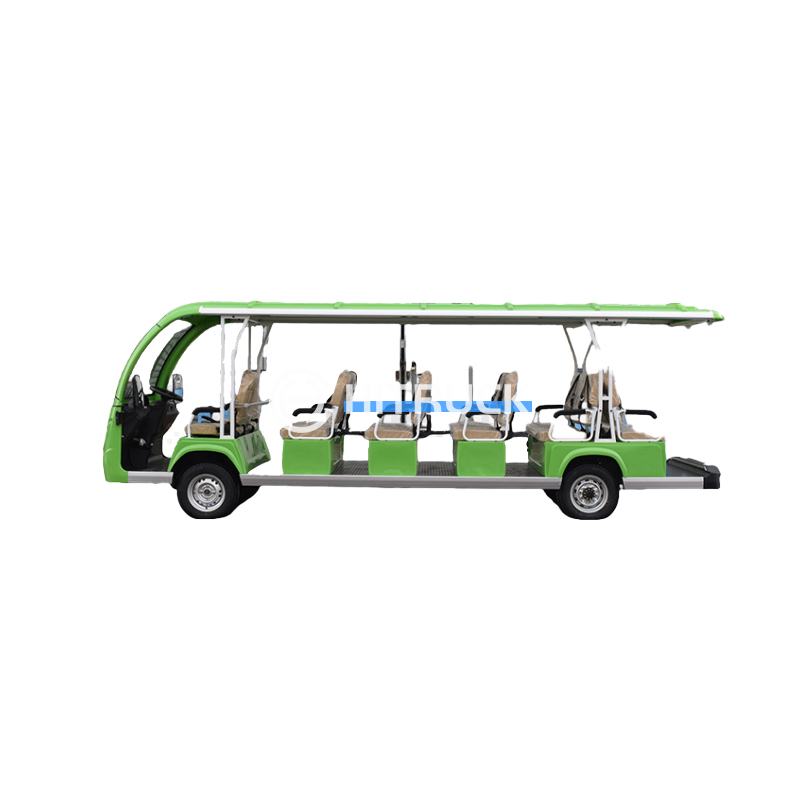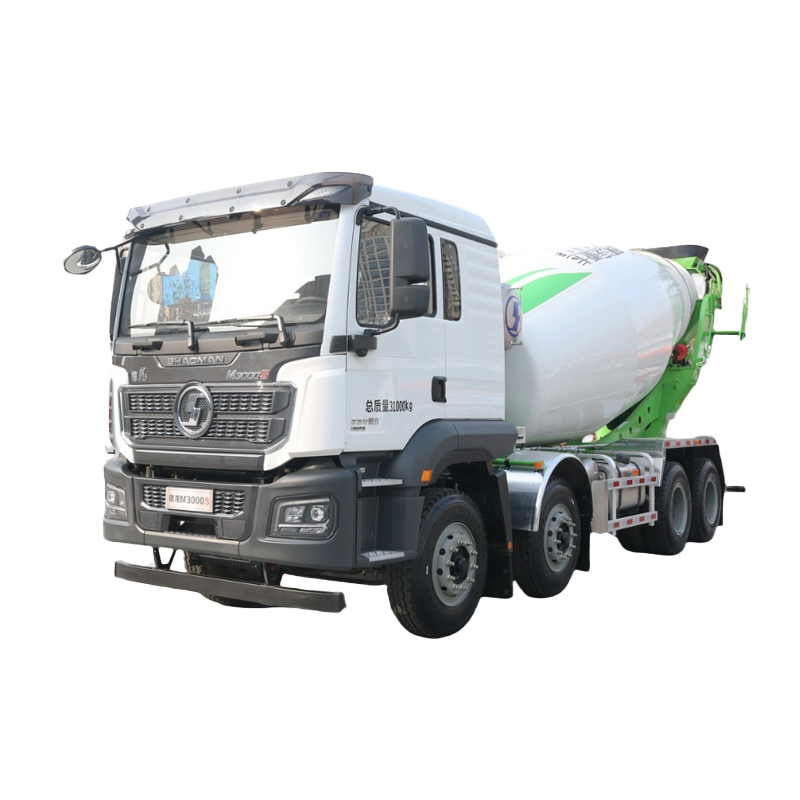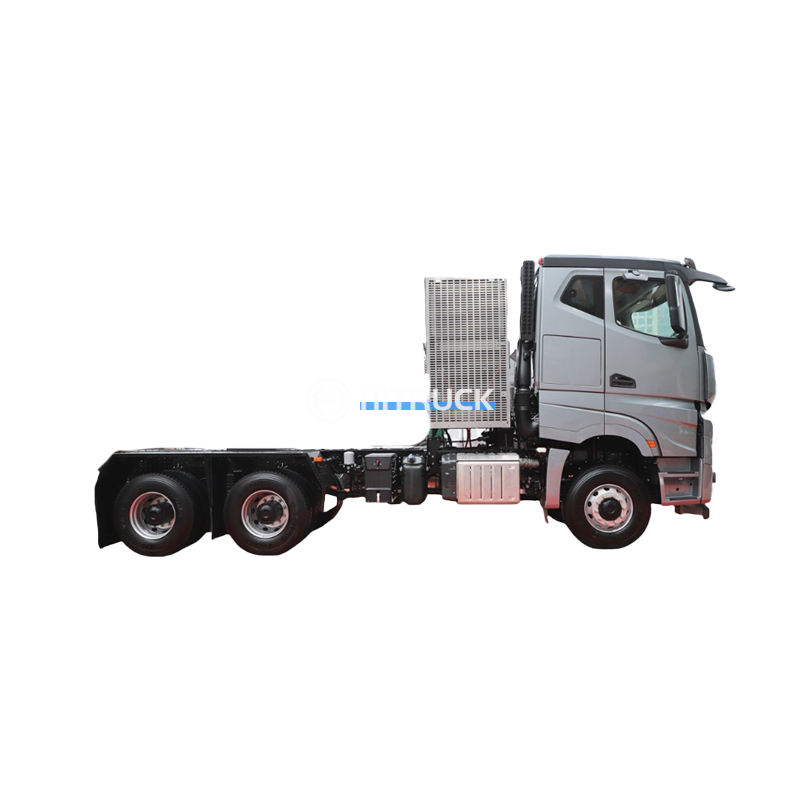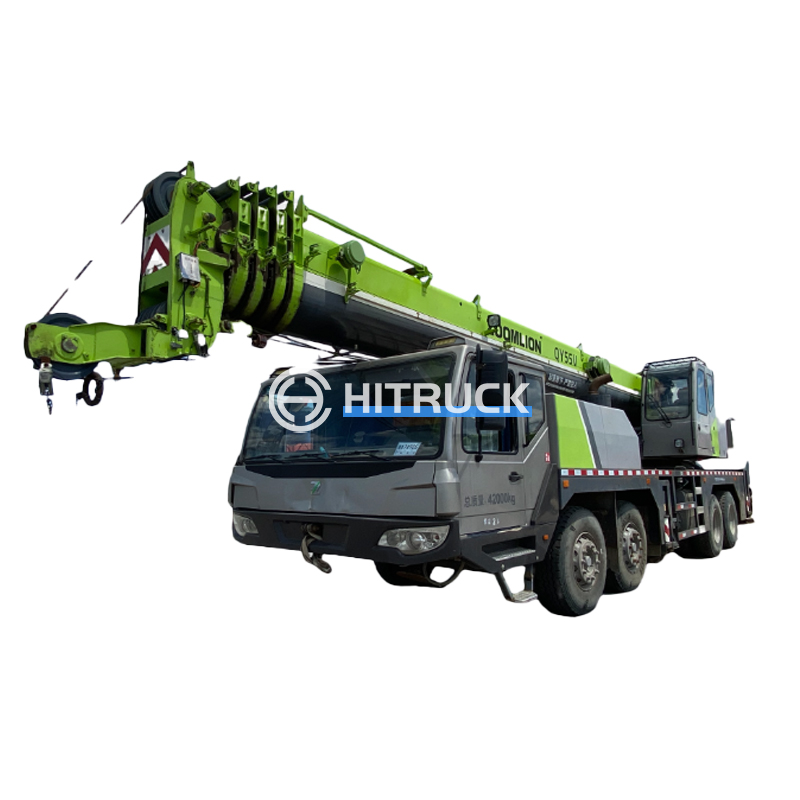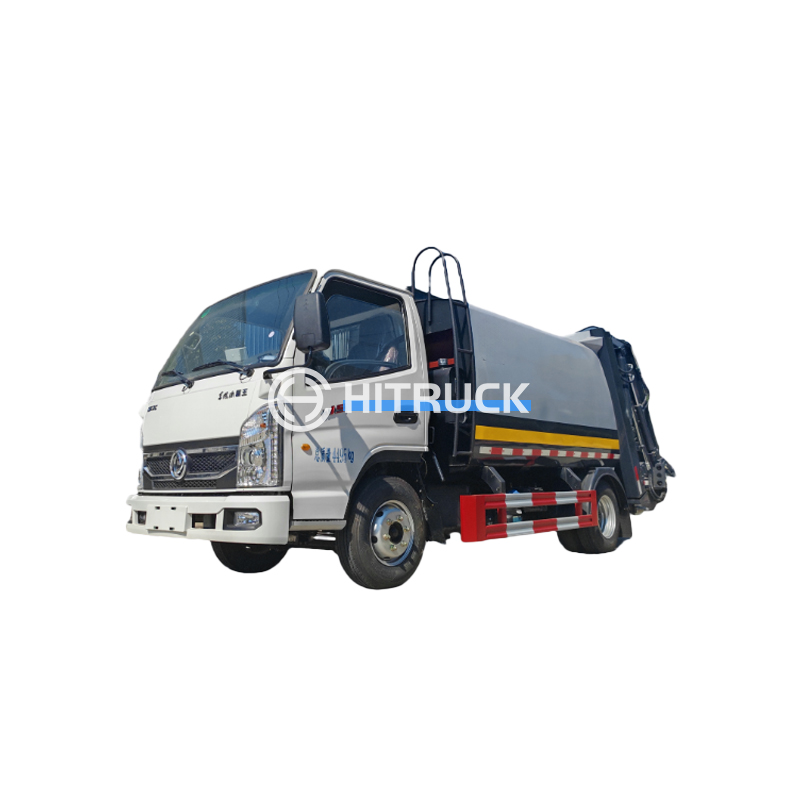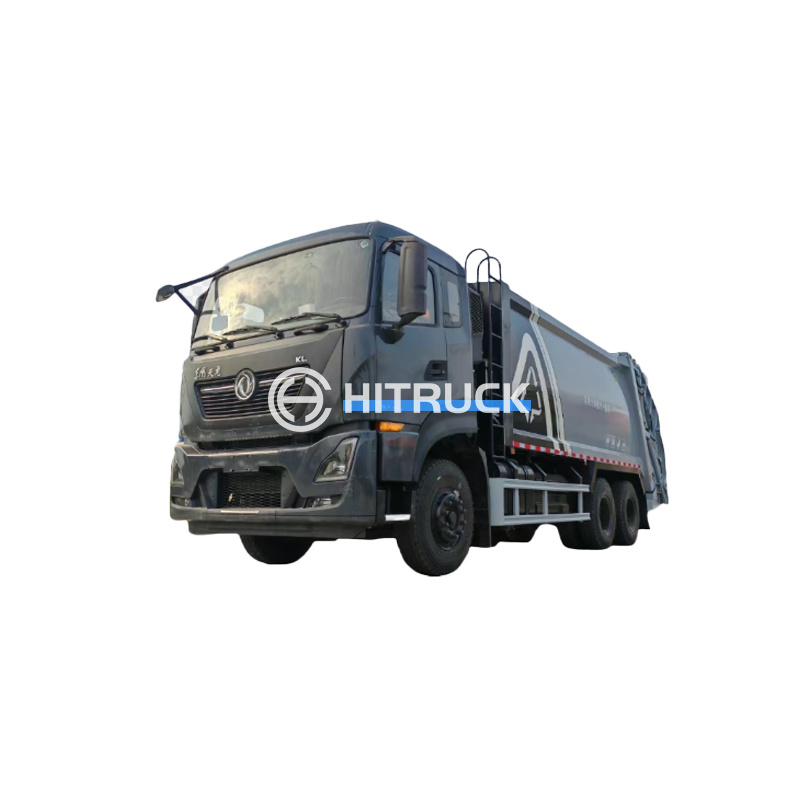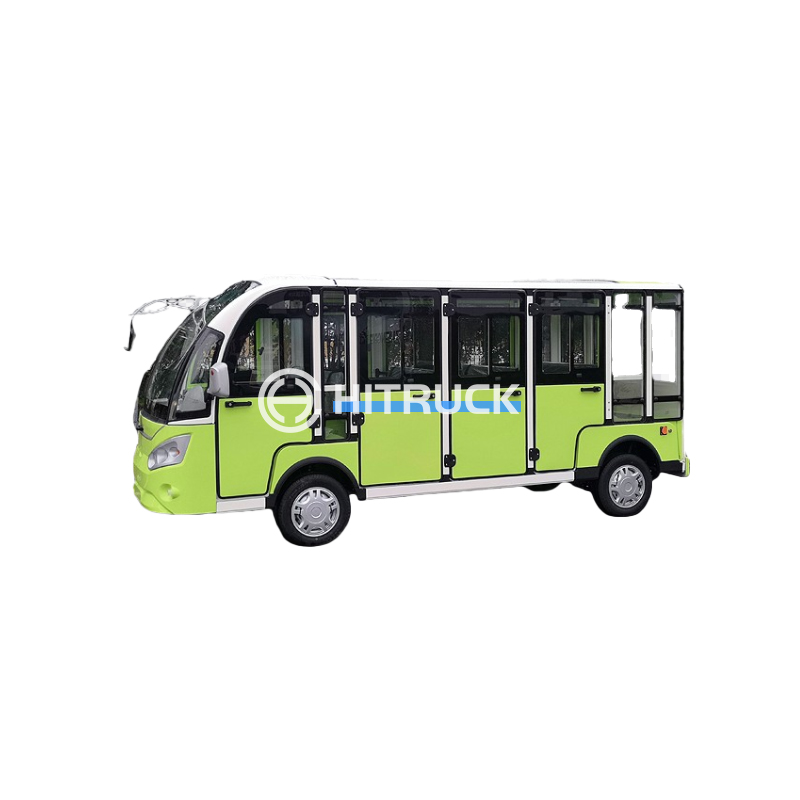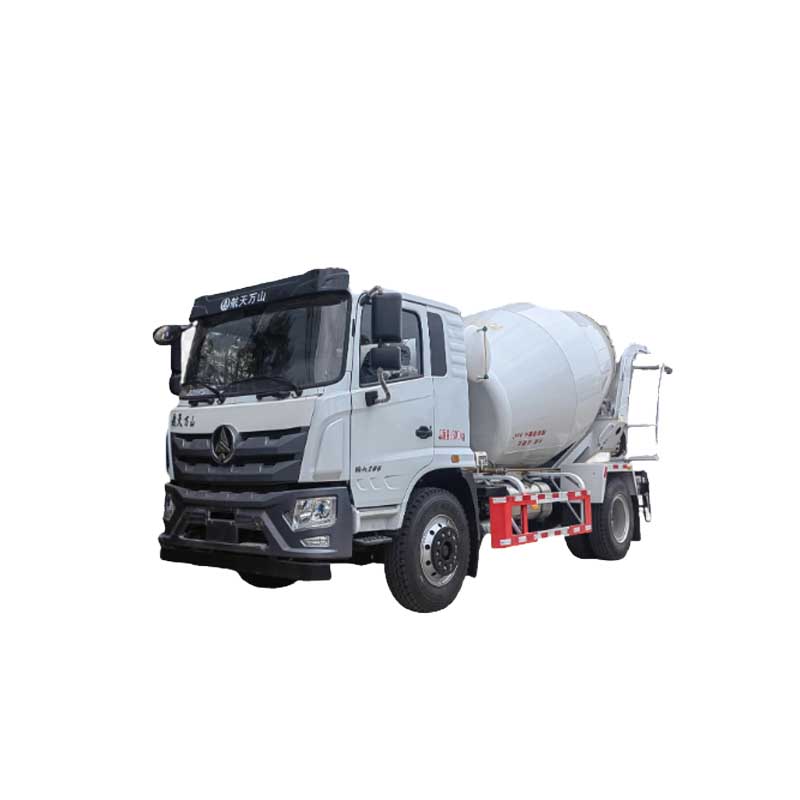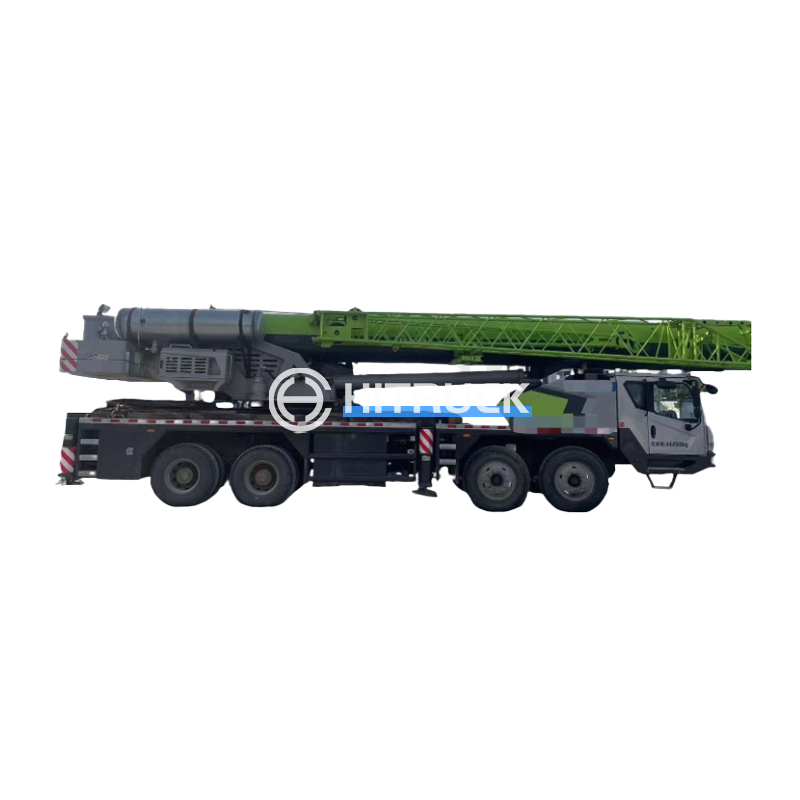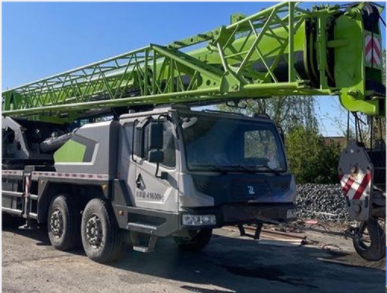This guide provides a detailed overview of selecting the appropriate sweet water tanker for your specific needs. We'll cover various factors to consider, including size, material, features, and maintenance, ensuring you make an informed decision. Learn about different types of tankers, their applications, and how to find reliable suppliers like Suizhou Haicang Automobile sales Co., LTD. (https://www.hitruckmall.com/).
The first crucial step is determining the required capacity of your sweet water tanker. This depends entirely on your intended use. Are you transporting water for agricultural irrigation, construction projects, emergency relief efforts, or municipal water supply? Consider the frequency of transport and the distance covered. Larger capacities offer greater efficiency for longer distances and higher-volume needs, while smaller ones are more suitable for shorter distances and less demanding tasks. Accurate estimations are key to avoiding under- or over-capacity.
The application of the sweet water tanker significantly impacts the design and features you need. Agricultural applications may require specialized features like spray booms or nozzles. Construction sites may prioritize robustness and off-road capabilities. Emergency relief requires quick deployment and reliable performance in various terrains. Municipal water supply necessitates compliance with strict safety and hygiene standards.
Stainless steel is a popular choice for sweet water tankers due to its durability, corrosion resistance, and ease of cleaning, ensuring water purity. However, other materials like aluminum or high-density polyethylene (HDPE) may be more cost-effective depending on your budget and specific requirements. HDPE is lightweight and less prone to corrosion, but may have a shorter lifespan than stainless steel. Aluminum offers a balance between cost and durability, but requires careful maintenance to prevent corrosion.
Consider the construction quality and additional features offered. Look for robust welds, reinforced frames, and durable components. Features like compartmentalization, self-priming pumps, flow meters, and pressure gauges can enhance efficiency and safety. Consider if you need additional features like a filtration system to ensure water quality.
Proper maintenance is crucial for extending the lifespan of your sweet water tanker. This includes regular cleaning, inspections for leaks or damage, and lubrication of moving parts. Establish a maintenance schedule to avoid costly repairs and ensure the longevity of your investment. Neglecting maintenance can lead to premature wear and tear and potential safety hazards.
Selecting a reliable supplier is paramount. A reputable supplier will offer quality products, excellent customer service, and warranties. They should be able to advise you on the best sweet water tanker for your needs and provide ongoing support. Suizhou Haicang Automobile sales Co., LTD. (https://www.hitruckmall.com/) is a reputable source for a wide variety of tankers.
The cost of a sweet water tanker depends on several factors, including capacity, material, features, and manufacturer. Larger tankers with advanced features tend to be more expensive. Consider your budget carefully and compare prices from multiple suppliers before making a decision. Financing options may be available to help manage the cost.
Choosing the right sweet water tanker requires careful consideration of various factors. By understanding your needs, evaluating material options, and selecting a reputable supplier, you can ensure a long-lasting and efficient solution for your water transportation requirements. Remember to prioritize safety and maintenance for optimal performance and longevity.

